The cottagecore aesthetic celebrates a romanticized interpretation of rural life—a world of wildflower meadows, homemade bread, and afternoons spent reading by babbling brooks. This pastoral ideal has captured imaginations through social media, inspiring dreams of simpler living connected to nature’s rhythms and traditional crafts.
While the aesthetic often exists primarily online, certain destinations around the world embody these cottage-core values through their preserved architecture, agricultural traditions, and natural landscapes. From hidden European villages to pastoral countryside retreats, these locations offer immersive experiences in environments that feel lifted directly from cottage-core inspiration boards.
Here is a list of 15 travel destinations where the dreamy aesthetic of cottagecore manifests in tangible, visit-worthy places.
The Cotswolds, England
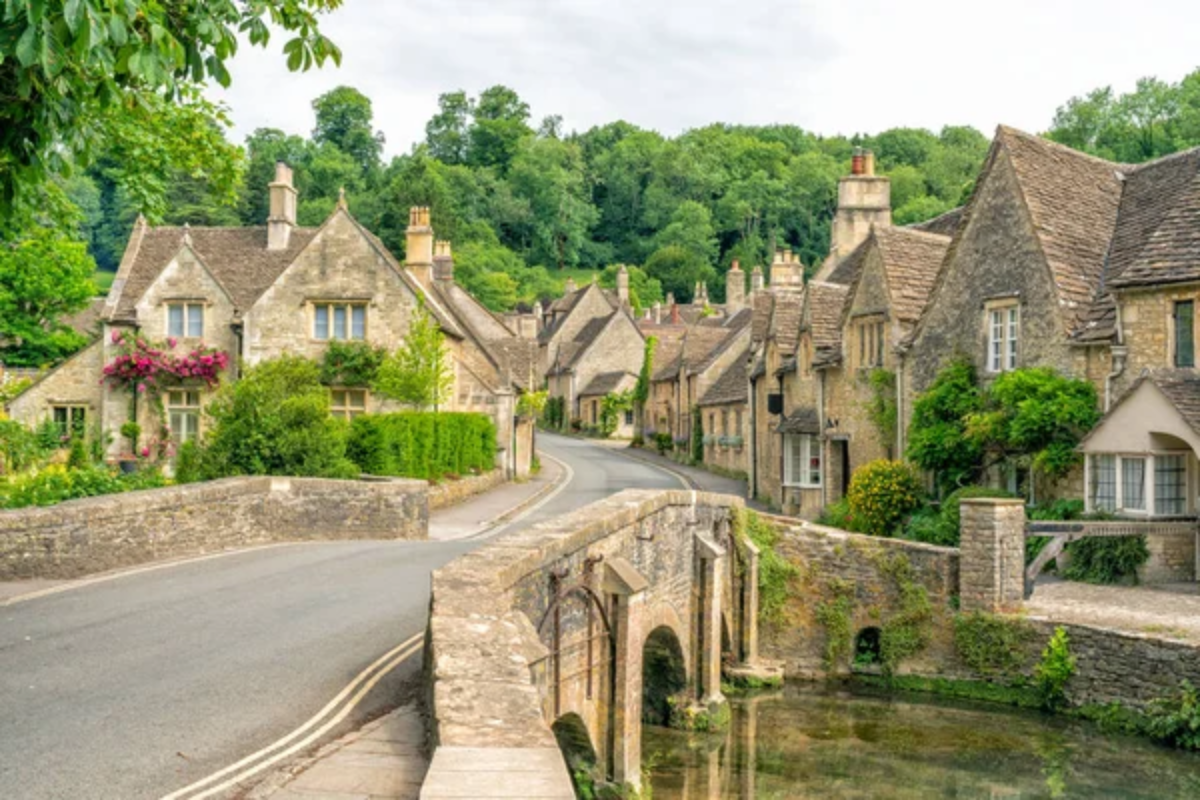
Nothing embodies cottagecore quite like this rural region where honey-colored stone cottages with thatched roofs nestle amid rolling hills and wildflower meadows. Villages like Castle Combe and Bibury maintain their medieval layouts with narrow lanes leading to ancient parish churches and bustling market squares.
Local artisans practice traditional crafts in open studios, creating handmade pottery, woven textiles, and pressed flower art using techniques passed down through generations. The region’s farm-to-table dining scene celebrates seasonal ingredients through hearty pies, freshly baked scones, and afternoon tea services featuring homemade jams made from berries grown in nearby hedgerows.
Hallstatt, Austria
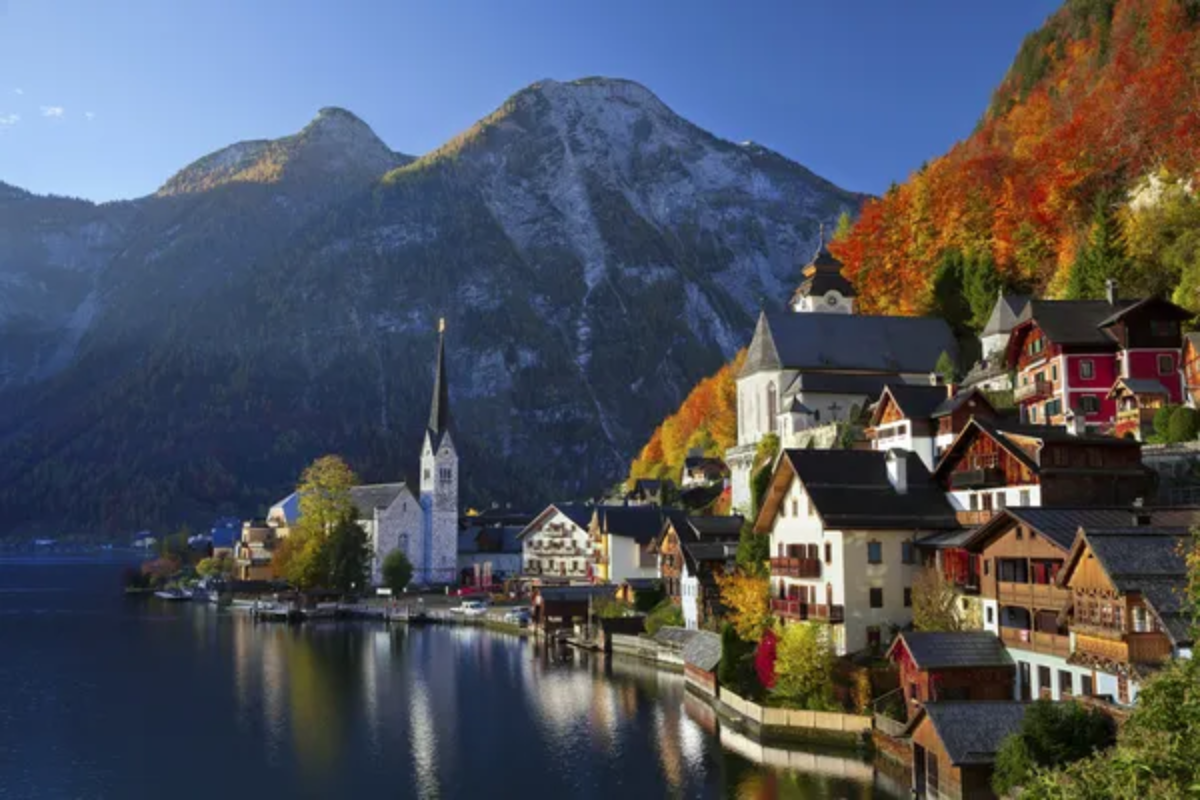
This lakeside village presents an Alpine version of cottage-core with wooden chalets adorned with window boxes overflowing with geraniums and carved balconies where residents hang herbs to dry. The car-free town center preserves buildings dating to the 16th century, creating an atmosphere where time seems suspended amid mountains that rise dramatically from crystal-clear waters.
Local traditions include salt mining techniques practiced continuously for over 7,000 years and woodcarving crafts that transform native pine into functional household items decorated with nature-inspired motifs. The surrounding forests offer foraging opportunities for wild mushrooms and alpine berries that feature prominently in regional cuisine served in family-run restaurants overlooking the lake.
Like Travel Pug’s content? Follow us on MSN.
Shirakawa-go, Japan
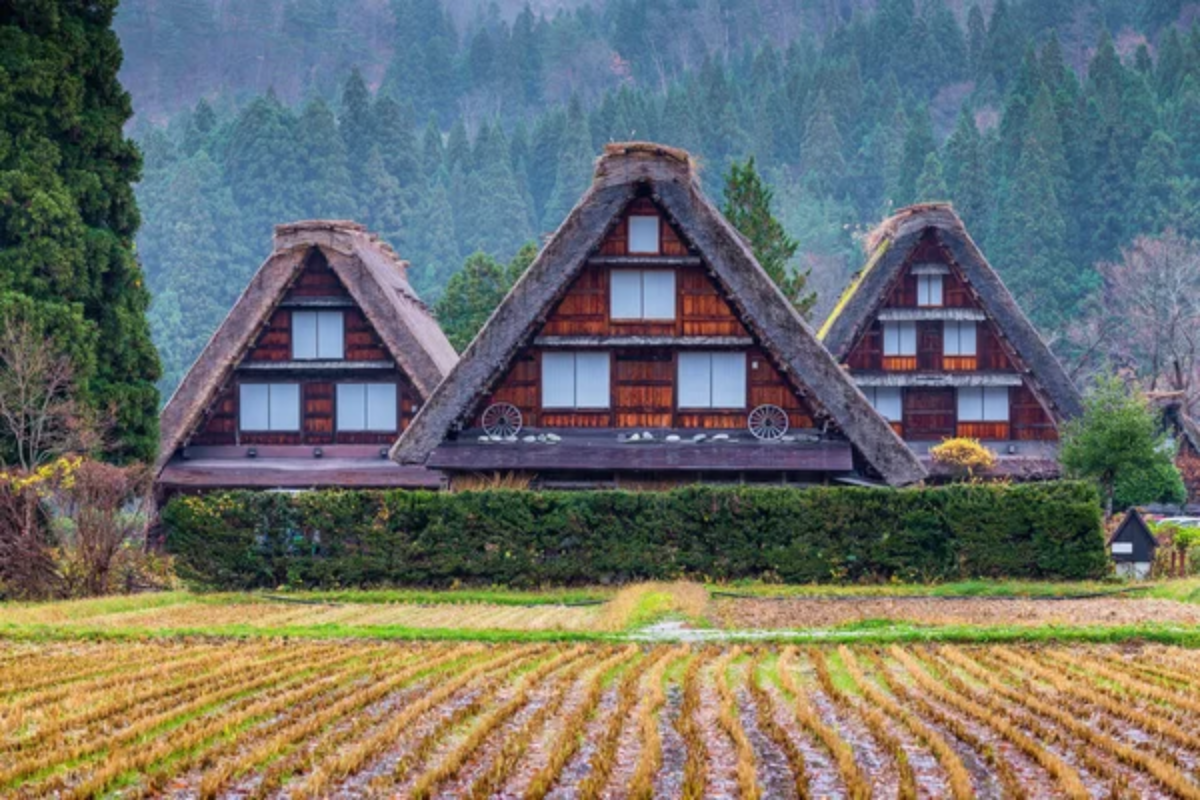
This UNESCO World Heritage village exemplifies rural Japanese cottagecore through its distinctive gassho-zukuri farmhouses with dramatically pitched thatched roofs designed to withstand heavy mountain snowfall. The community maintains traditional agricultural practices, including rice cultivation in terraced paddies and indigo dyeing using plants grown in nearby fields.
Multigenerational families still inhabit many of these centuries-old structures, continuing craft traditions like silk production techniques developed when the region served as a key point on trade routes through the Japanese Alps. Seasonal festivals celebrate natural phenomena from spring cherry blossoms to autumn maple foliage, with community gatherings featuring traditional music performed on handmade instruments.
Prince Edward County, Canada
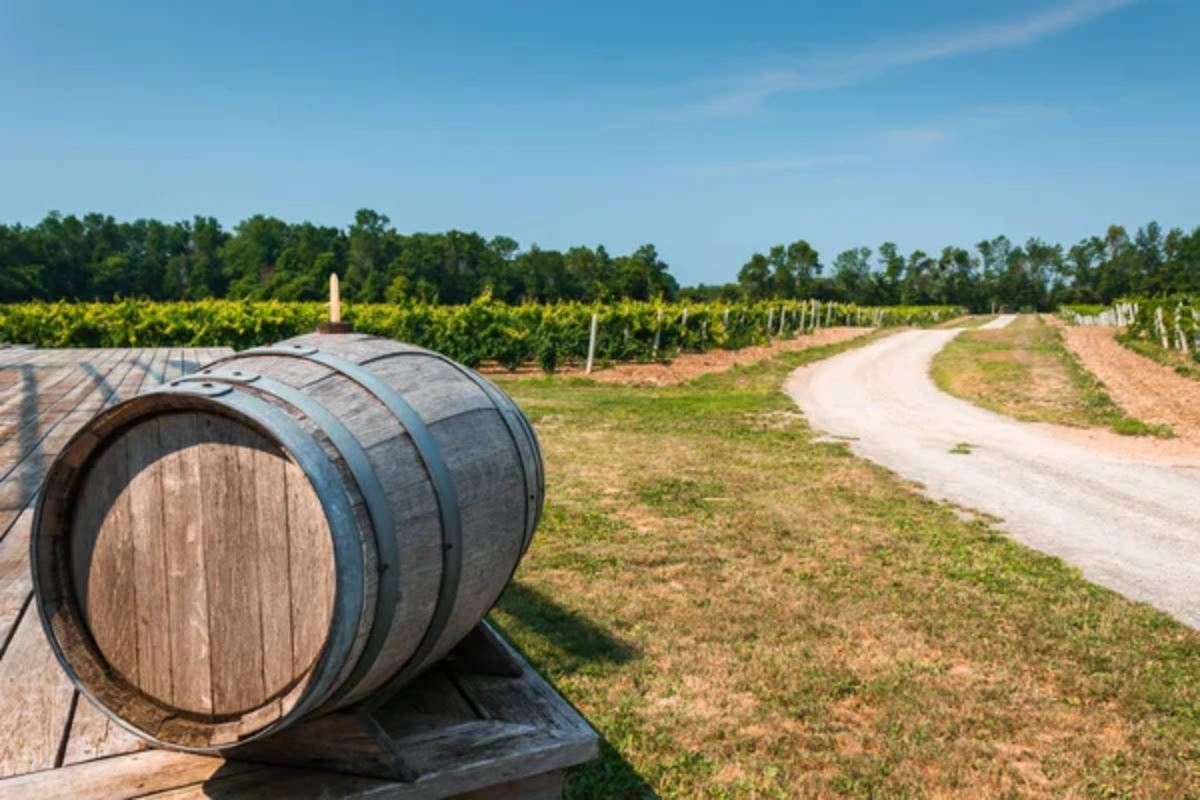
This island community in Lake Ontario has transformed from an agricultural backwater to a cottagecore paradise through the preservation of Victorian farmhouses and the conversion of historic barns into artisanal food production spaces. Lavender farms stretch toward the horizon with purple rows contrasting against white clapboard buildings and weathered fence posts draped with climbing roses.
The county’s numerous vineyards occupy restored agricultural buildings where visitors sample small-batch wines while overlooking fields where sheep graze between grape rows as natural lawnmowers. Farm stands operate on honor systems with handwritten signs and mason jars collecting payment for just-picked produce arranged in woven baskets beside country roads.
Loire Valley, France
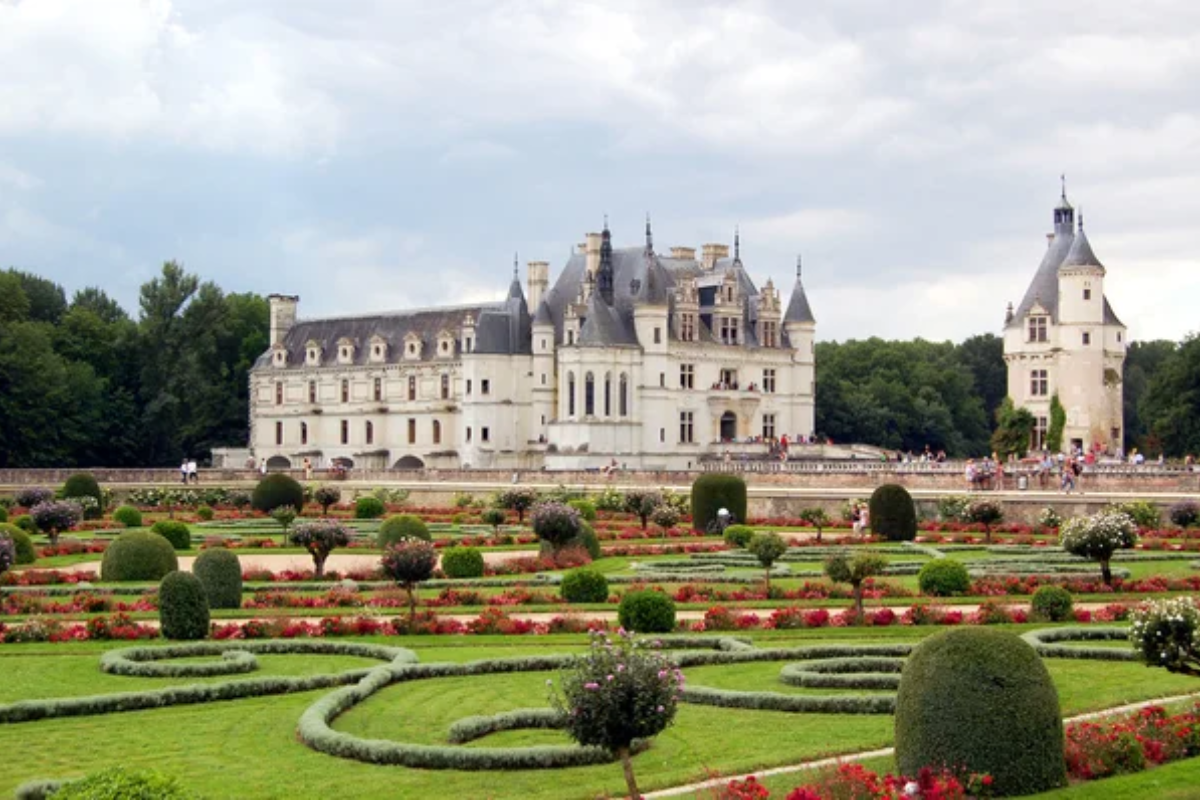
Beyond its famous châteaux, this river valley contains countless stone villages and working farms that epitomize French rural aesthetics. Centuries-old cottages with blue shutters and climbing roses cluster around Romanesque churches, where weekly markets fill cobblestone squares with producers selling artisanal cheeses, freshly baked bread, and seasonal produce.
Extensive kitchen gardens feature traditional potager designs that intermingle vegetables with edible flowers in geometric patterns established during the Renaissance. Family wineries operate from limestone caves carved into riverbanks, offering tastings of wines made according to methods passed through generations alongside homemade charcuterie arranged on wooden boards with wildflowers as garnish.
Like Travel Pug’s content? Follow us on MSN.
Fiordland, New Zealand

This remote wilderness region offers cottage-core in its most naturalistic form—pristine landscapes where modest cabins sit beside reflective lakes surrounded by ancient beech forests and mist-covered mountains. Conservation efforts have preserved native ecosystems while allowing sustainable tourism through well-maintained hiking trails that connect rustic mountain huts, offering simple accommodations with woodstoves and shared kitchens.
Local guides demonstrate traditional Māori plant knowledge, identifying edible species and medicinal herbs that have sustained inhabitants for centuries. Evening stargazing reveals the Southern Cross above crystal-clear waters in one of the world’s darkest sky reserves, creating perfect moments of natural contemplation.
Giethoorn, Netherlands
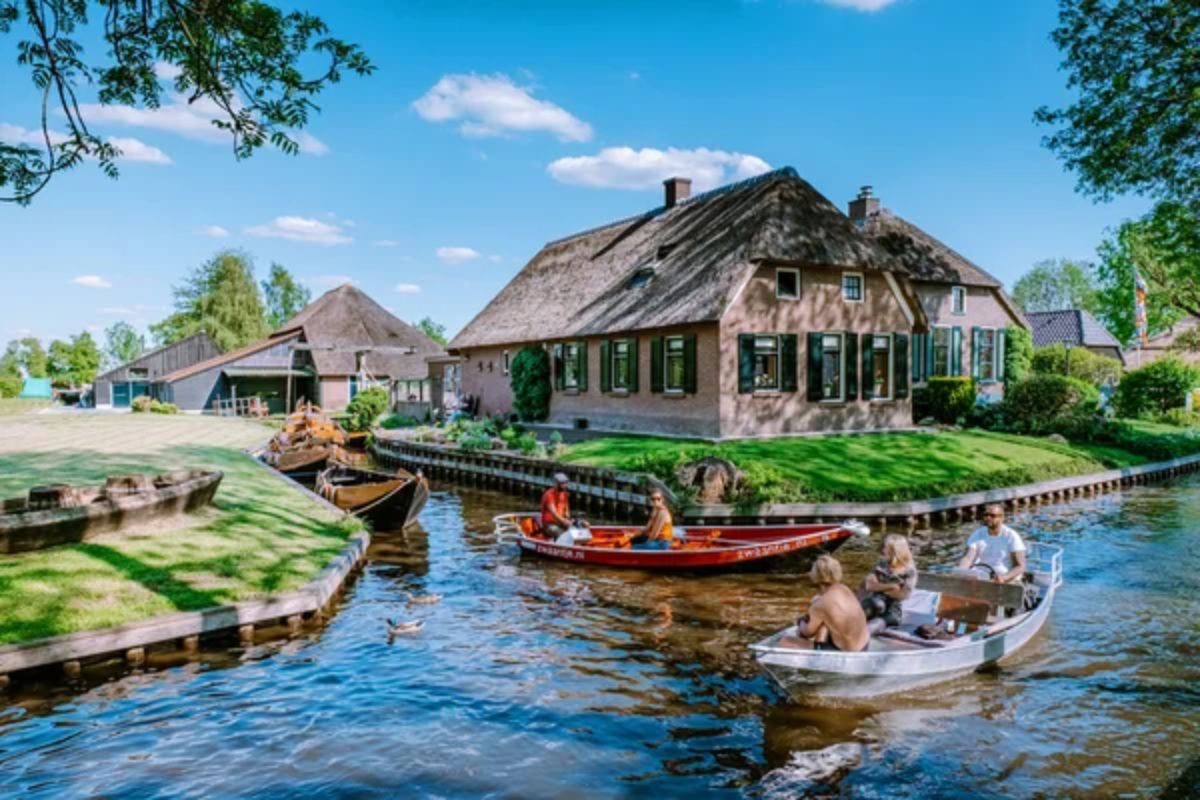
Often called ‘Dutch Venice,’ this village contains no roads—only canals, footpaths, and bicycle routes connecting thatched-roof cottages built on small private islands. Residents navigate between homes using traditional flat-bottomed punter boats, often delivering freshly cut flowers and home-baked goods to neighbors across narrow waterways.
Extensive gardens surround each residence, typically featuring precisely trimmed topiaries alongside seemingly wild cottage gardens brimming with hollyhocks and foxgloves. The surrounding national park preserves peat bog landscapes where residents harvest reeds for traditional thatching material using techniques unchanged for centuries, while small dairy operations produce artisanal cheese sold directly from farm doors.
Adare, Ireland
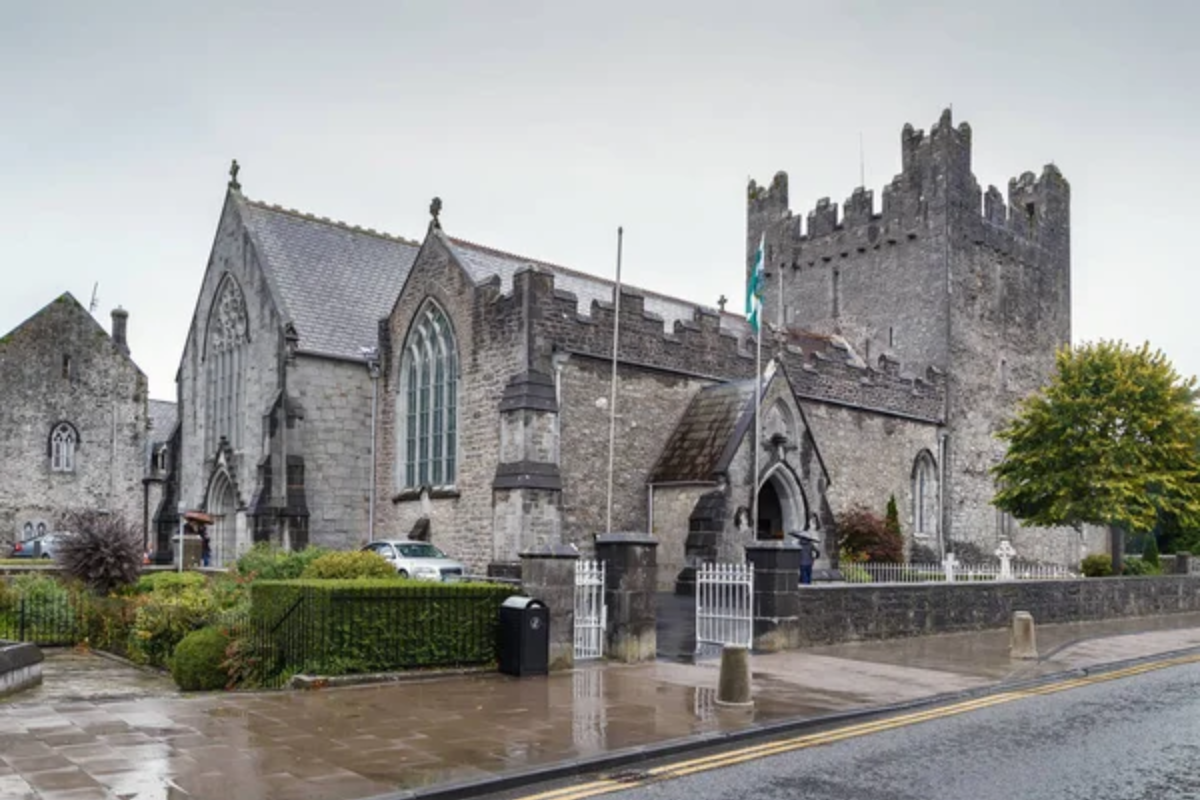
This heritage town combines perfect cottagecore aesthetics with authentic Irish rural traditions through its famous thatched cottages dating from the 1820s. Originally built for workers on the Dunraven estate, these whitewashed structures maintain their distinctive deep thatch and climbing roses while housing modern businesses selling hand-knit woolens and traditional musical instruments.
Local pubs serve farm-to-table meals beside turf fires while hosting evening sessions where musicians gather spontaneously to play traditional Irish tunes on fiddles, flutes, and bodhrán drums. The surrounding countryside features ancient stone walls dividing fields where cattle graze alongside medieval ruins partially reclaimed by nature.
Like Travel Pug’s content? Follow us on MSN.
San Gimignano, Italy
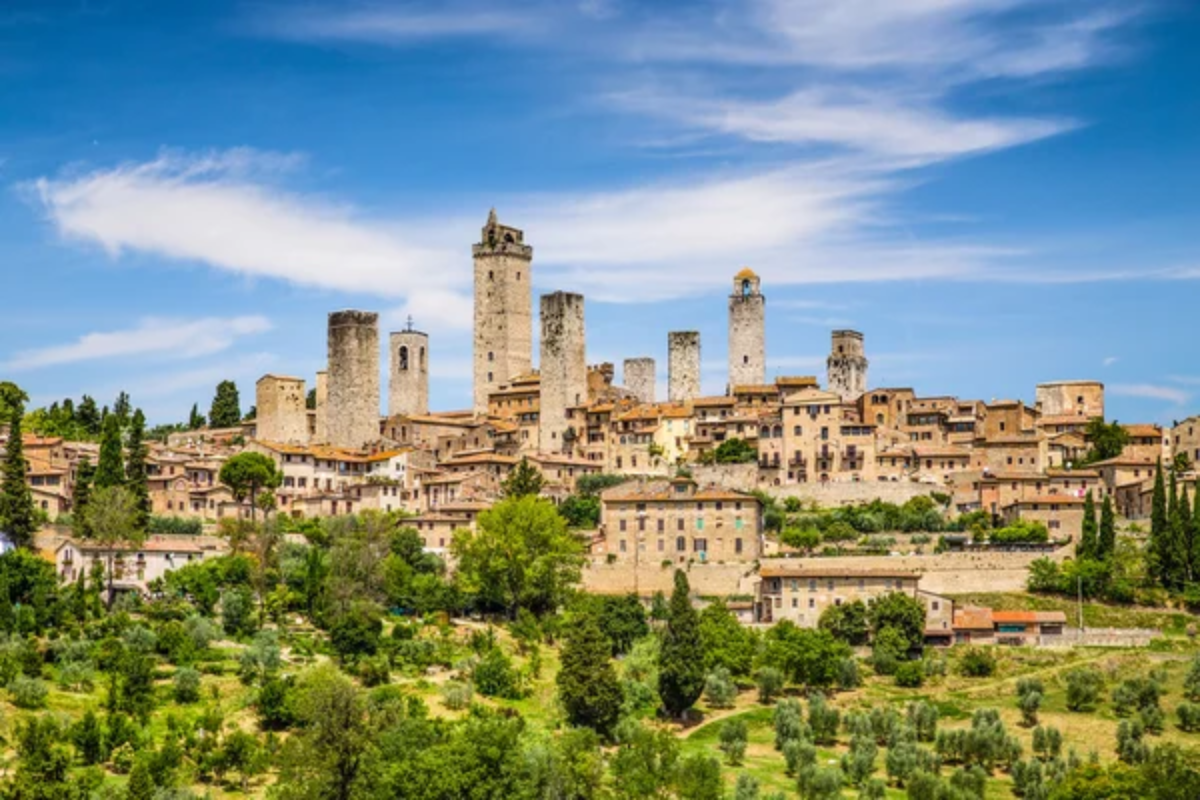
While famous for its medieval towers, this Tuscan hill town embodies Italian cottagecore through the surrounding countryside, where stone farmhouses with terra cotta roofs sit amid geometric vineyards and silver-leaved olive groves. Family estates produce small batches of wine, olive oil, and saffron using methods passed through generations, often offering tastings in rustic farm kitchens where ingredients hang from wooden ceiling beams.
Narrow cobblestone streets wind between buildings where artisans create hand-painted ceramics featuring traditional patterns inspired by local flora. The weekly farmers market transforms the main square into a celebration of seasonal abundance with produce arranged by color beneath striped canvas awnings.
Fjaðrárgljúfur Canyon, Iceland
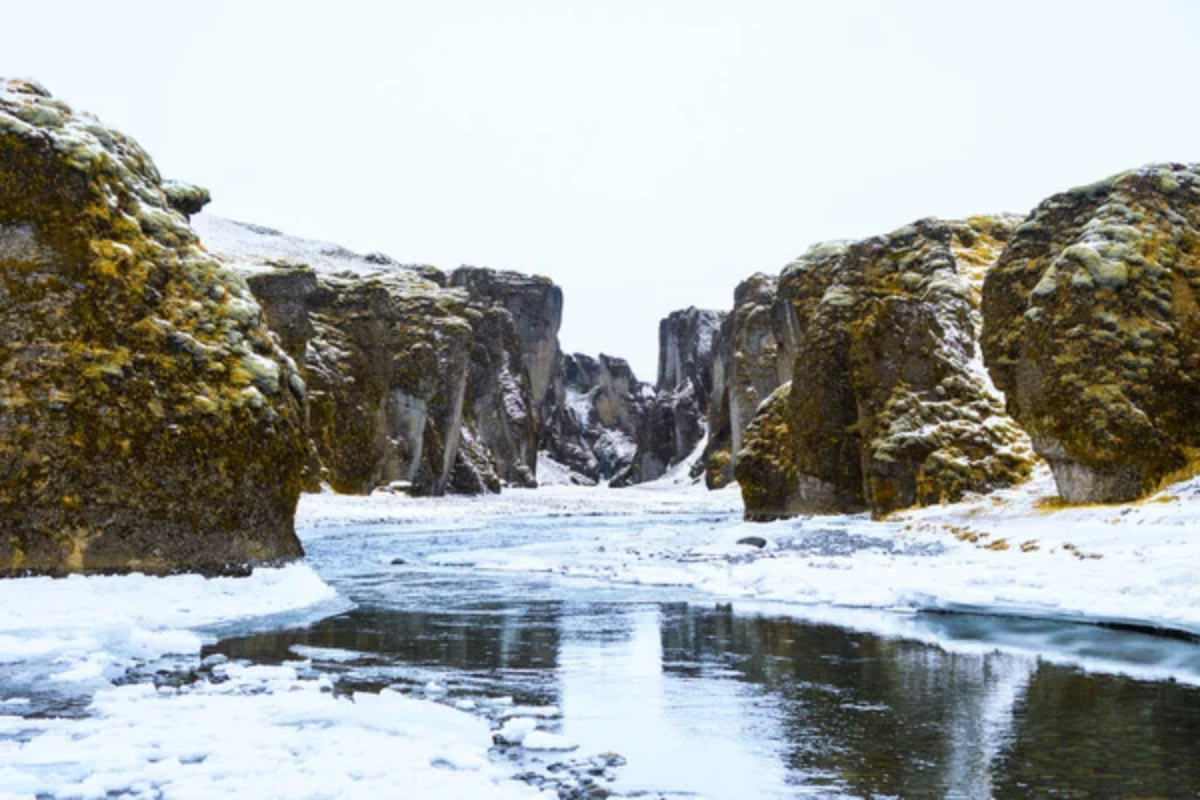
For those drawn to cottagecore’s more atmospheric elements, this moss-covered canyon offers otherworldly landscapes where tiny cottages with turf roofs seem to emerge organically from volcanic landscapes. The 100-meter-deep canyon features waterfalls cascading over moss-covered volcanic rock formations that appear as if from fairy tales, particularly when low-hanging clouds create mystical lighting conditions.
Nearby farms maintain Icelandic sheep using traditional free-range methods, producing wool that locals transform into distinctive lopapeysa sweaters featuring natural dye colors derived from local plants and minerals. Evening hours bring opportunities to witness the Northern Lights dancing above isolated cottages with warm windows glowing against the dramatic landscape.
Telluride, Colorado
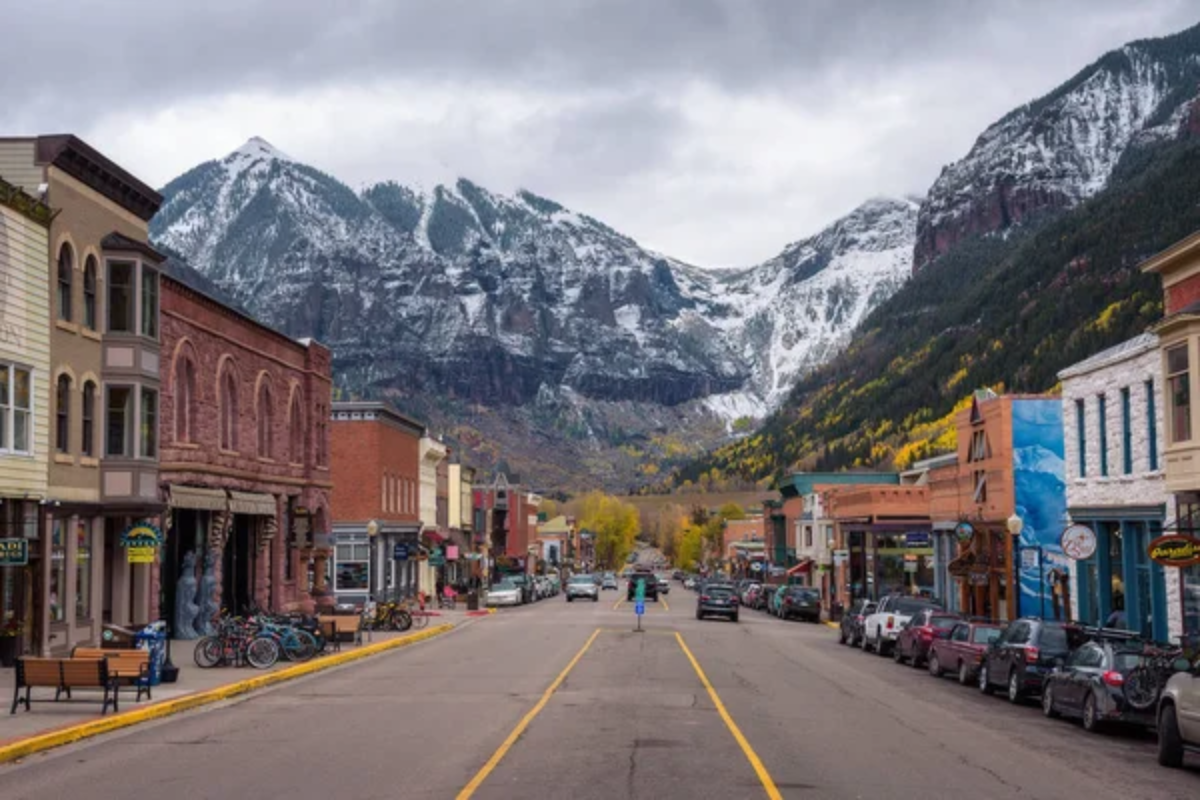
This former mining town nestled in a box canyon presents American mountain cottagecore through preserved Victorian architecture surrounded by dramatic alpine scenery. Colorful historic homes with intricate wooden trim and wrap-around porches line streets where no traffic lights exist, and residents navigate by foot even during heavy winter snowfall.
The surrounding mountains feature wildflower meadows that reach peak bloom in July, creating rainbow carpets where columbines and Indian paintbrush grow in such profusion they appear arranged by human hands. The town’s free gondola—the only public transportation system of its kind in America—provides access to hiking trails where alpine lakes reflect snow-capped peaks in crystalline perfection.
Like Travel Pug’s content? Follow us on MSN.
Plitvice Lakes, Croatia

This national park creates a fairytale landscape where sixteen lakes connect through a series of waterfalls cascading over travertine barriers formed through centuries of mineral deposition. Wooden walkways wind through the water system, allowing visitors to experience the turquoise waters from inches away without disturbing the delicate ecosystem.
Traditional wooden water mills still operate on nearby streams, demonstrating flour-making techniques used for generations in nearby villages where stone cottages maintain distinctive regional architecture with red-tiled roofs and hand-carved wooden details. Local families produce honey from native wildflower species and distill essential oils from lavender grown on surrounding hillsides.
Houtouwan, China

This abandoned fishing village on Shengshan Island has transformed into an unintentional cottagecore paradise as nature reclaims the built environment. Dense emerald vines completely engulf former homes, creating buildings that appear to have grown organically from the hillside rather than being constructed by human hands.
Stone staircases wind between structures where plants emerge from windows and doorways, creating a visual testament to nature’s resilience and beauty when allowed to flourish unchecked. Nearby communities maintain traditional fishing practices, drying their catch on bamboo racks along the shoreline and weaving intricate baskets from locally harvested materials according to patterns passed through generations.
Hobbiton, New Zealand
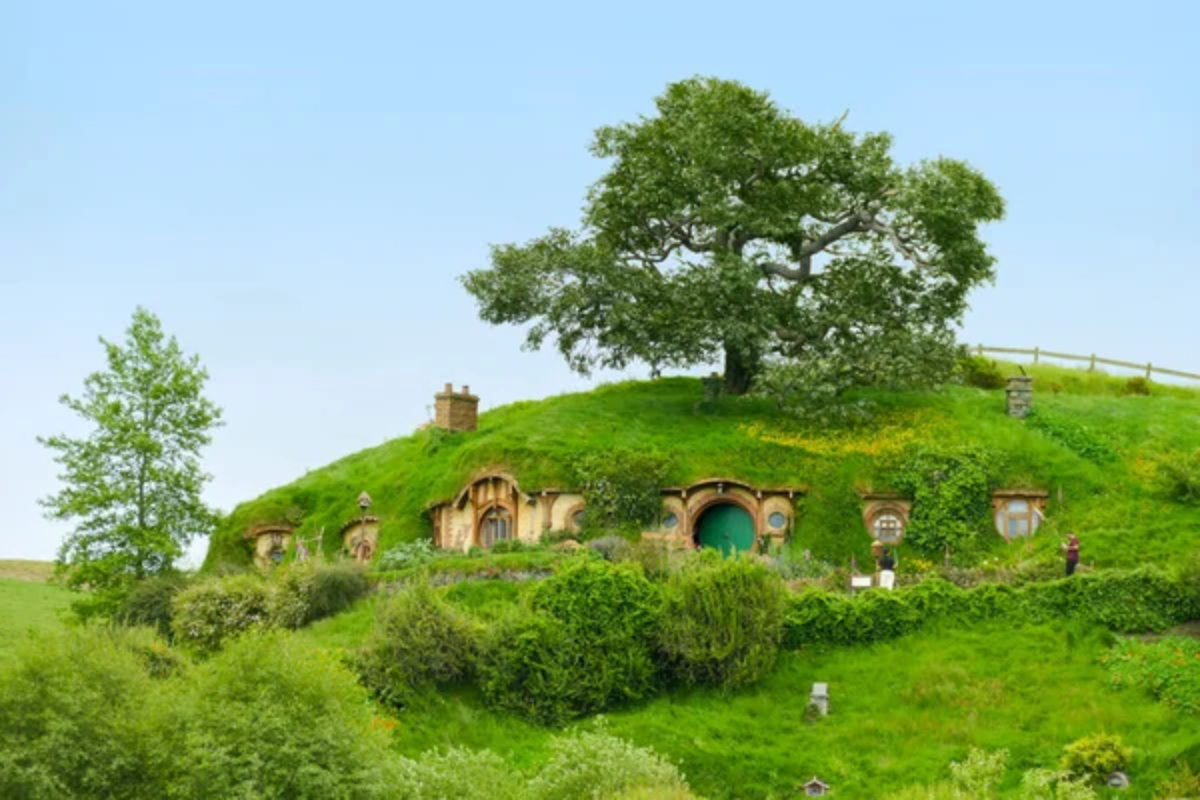
While created as a film set, this meticulously maintained village now functions as a living embodiment of cottage-core fantasy with 44 permanently constructed hobbit holes featuring round doors, chimney pots, and miniature gardens. Each tiny residence maintains its personality through distinctive color schemes and garden designs ranging from practical vegetable plots to ornamental flower arrangements—all maintained using traditional gardening methods without modern chemicals.
The working farm surrounding the village produces crops visible in garden plots and operates The Green Dragon Inn as a functional pub serving traditional meat pies, seed cakes, and handcrafted ales brewed according to recipes that could have existed in pre-industrial England.
Like Travel Pug’s content? Follow us on MSN.
Viscri, Romania
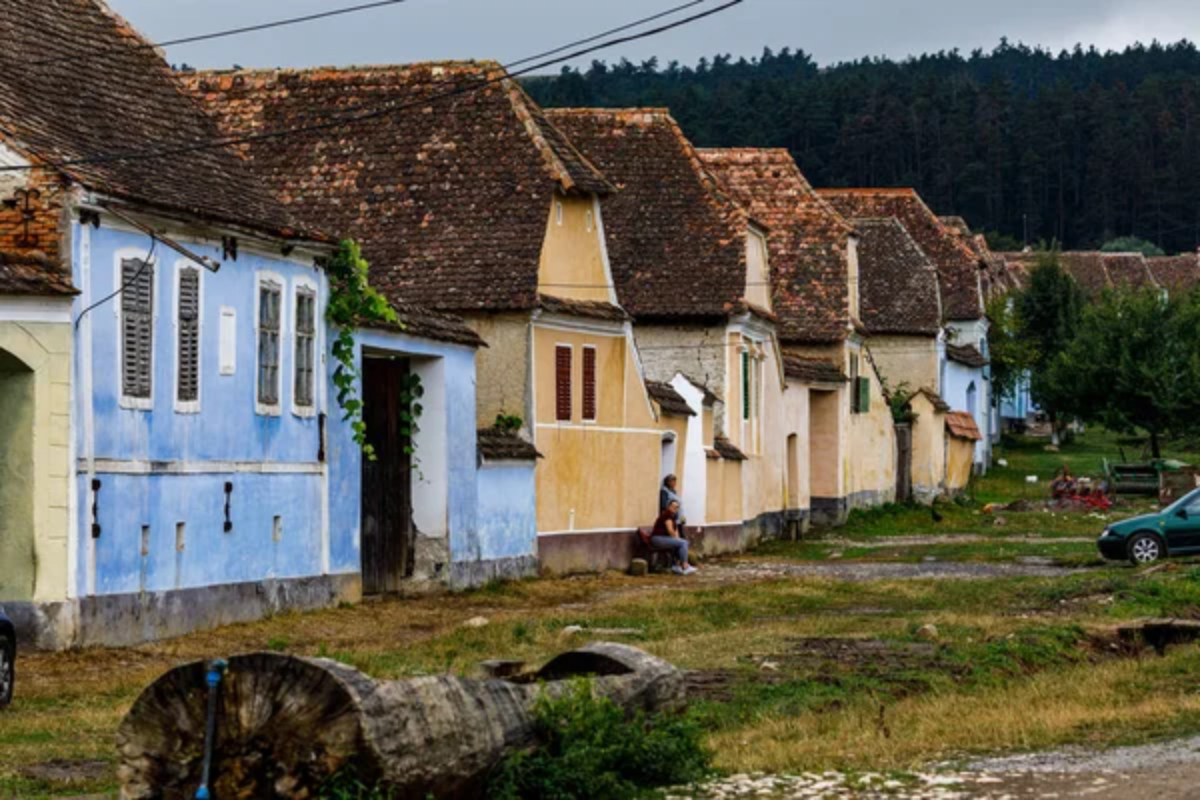
This remarkably preserved Saxon village in Transylvania maintains traditional ways of life that have largely disappeared elsewhere in Europe. Pastel-colored cottages line a single unpaved street where horses and carts remain the primary transportation method, and residents still practice subsistence farming using methods established by German settlers in the 12th century.
The fortified church at the village center contains original furnishings and defensive structures that protected residents during medieval conflicts while surrounding hills feature ancient oak forests where villagers forage for mushrooms and berries according to seasonal calendars. Local craftspeople maintain traditional skills, including blacksmithing, woodcarving, and the creation of hand-stitched felt slippers using wool from sheep raised on nearby hillsides.
The Tangible Charm of Cottagecore Destinations
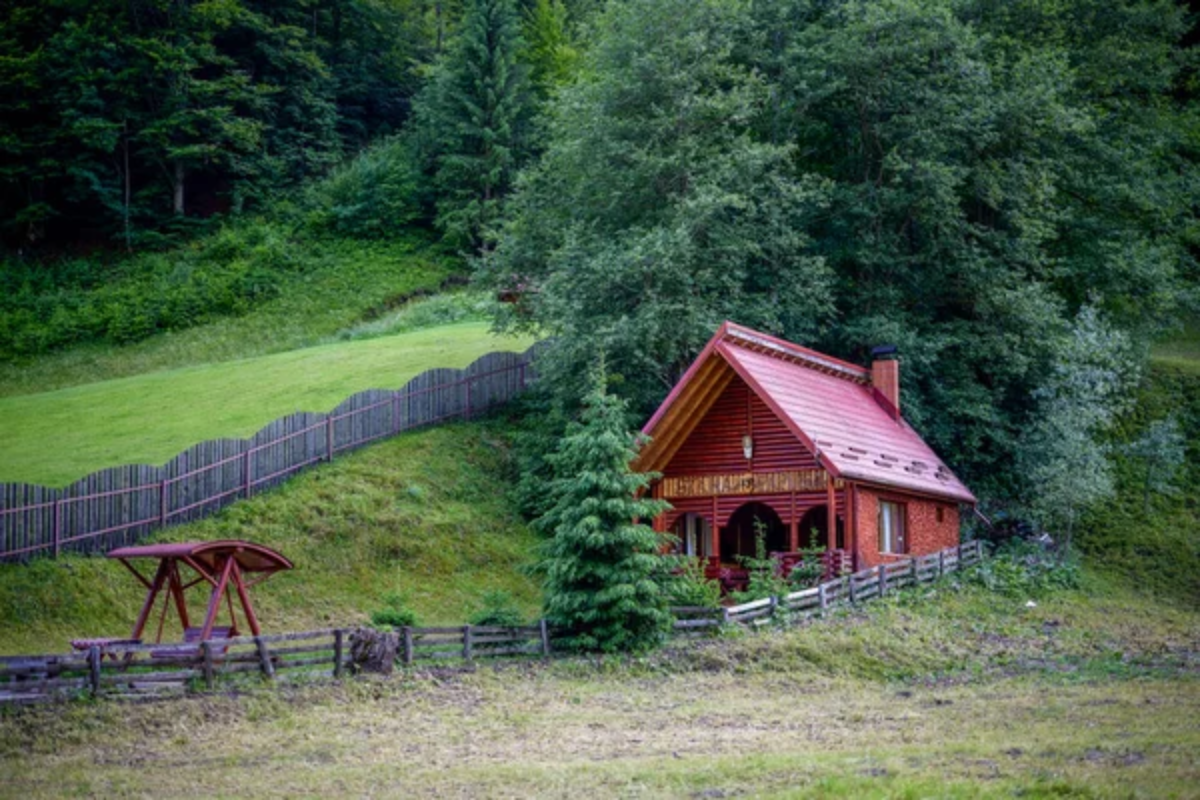
These fifteen locations demonstrate how the idealized aesthetic of cottagecore finds genuine expression in places where traditional practices, natural beauty, and historic architecture combine to create immersive environments. What distinguishes these destinations is their authenticity—these aren’t manufactured experiences but rather communities where elements valued in cottage core naturally exist through the preservation of cultural heritage and respectful relationships with surrounding landscapes.
While social media may present perfectly curated vignettes of rural romanticism, these travel destinations offer opportunities to experience the genuine warmth, seasonal rhythms, and handcrafted details that make cottagecore so appealing. The continued attraction to these places speaks to a widespread desire for connection to simpler ways of living that these destinations maintain amid our increasingly digital world.
More from Travel Pug

- Cities Growing so Fast You Won’t Recognize Them in 10 Years
- 13 Destinations Where Tourists Regularly Regret Their Trip
- 20 Obscure WWII Sites Even History Buffs Don’t Know About
- 10 Under-the-Radar Mountain Towns That Are Both Affordable and Beautiful
- 20 Abandoned Places That Feel Like Real-Life Post-Apocalyptic Movie Sets
Like Travel Pug’s content? Follow us on MSN.
